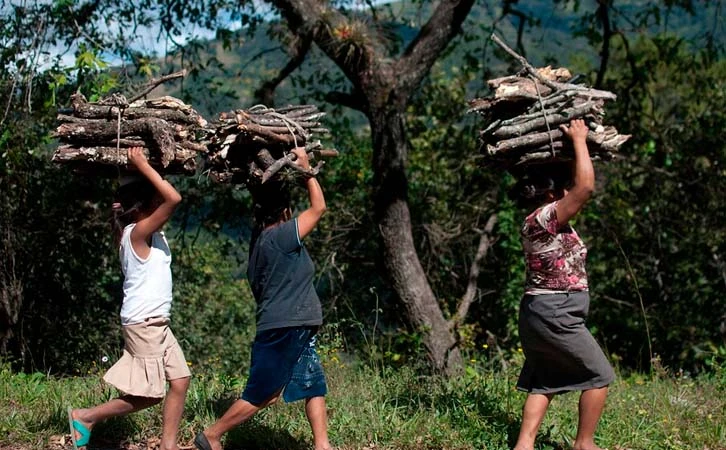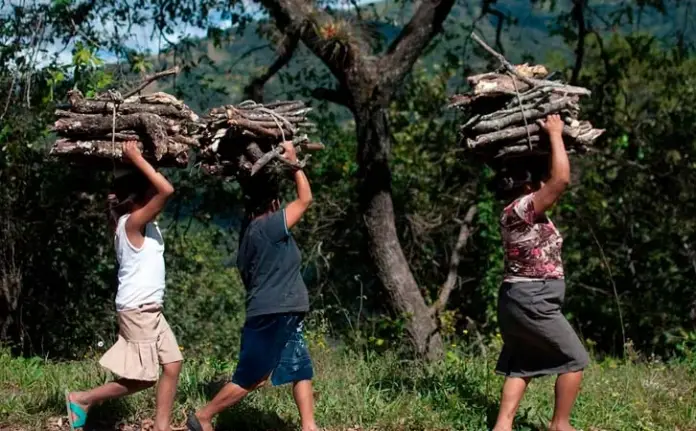Despite a reduction in poverty in Mexico in 2024, according to the Multidimensional Poverty Assessment (MPI), inequalities between regions persist; for example, more than 65 percent of the population lives in poverty in the southern states.
According to figures from the National Institute of Statistics and Geography (INEGI), Chiapas leads the list with 66 percent of people living in vulnerable situations due to deficiencies in education, healthcare, and housing quality. Similarly, Guerrero and Oaxaca maintain similar conditions, with 58.1 and 51.6 percent, respectively.
Furthermore, Chiapas, Guerrero, and Oaxaca had the highest levels of extreme poverty, with 27.1, 21.3, and 16.3 percent, respectively; in contrast, Baja California and Nuevo León had the lowest poverty levels in the country, with proportions of 9.9 and 10.6 percent, respectively. Extreme poverty figures show a similar distribution, confirming marked regional inequality in access to well-being.
Social deprivation related to health and education reflects the same pattern. Guerrero, Oaxaca, and Chiapas were not only among the states with the least social progress in 2024, but also among those with the highest levels of educational gaps and problems accessing health services.
Meanwhile, Mexico City, Coahuila, and Nuevo León recorded the lowest percentages of educational gaps, with 8.5, 13.3, and 13.3 percent respectively, and were also among the top states in social progress.
In addition to Chiapas, Oaxaca, and Guerrero, Puebla, Campeche, and Durango also reported an increase in educational gaps between 2018 and 2024.

Source: buzos




